Norwegian Film Institute Says “Market Potential” Was A Major Factor In Decision To Fund ‘Dustborn’ With Tax Payer Money

In an admission that absolutely warrants a full review of their own standards, the Norwegian Film Institute has confirmed that their personal perception of the game’s “market potential” played a major role in their decision to fund Dustborn‘s development with tax payer money.
[Disclaimer: This article cites information provided by the YouTube news outlet Midnight’s Edge. This article’s author has a personal and working relationship with the channel’s co-host Tom Connors, and is friendly with its founder, Andre Einherjar.]

Established in 2008 as a film archival organization under the supervision of the Royal Norwegian Ministry of Culture, the NFI has since expanded its operations to provide a variety of support – such as funding, distribution, and general development – to projects originating from the Scandinavian country.
To be eligible for funding assistance in particular, a given project must meet at least three of the following four criteria:
- The work has originally been written in the Norwegian or Sami language (as spoken by the country’s indigenous Sami peoples)
- The main theme is connected to Norwegian history, culture or social conditions
- The action takes place in Norway, in another EEA country (countries of the European Union [EU] plus Iceland, Liechtenstein)
- The work contains significant contributions from rights holders or artists resident in Norway or in another EEA country.
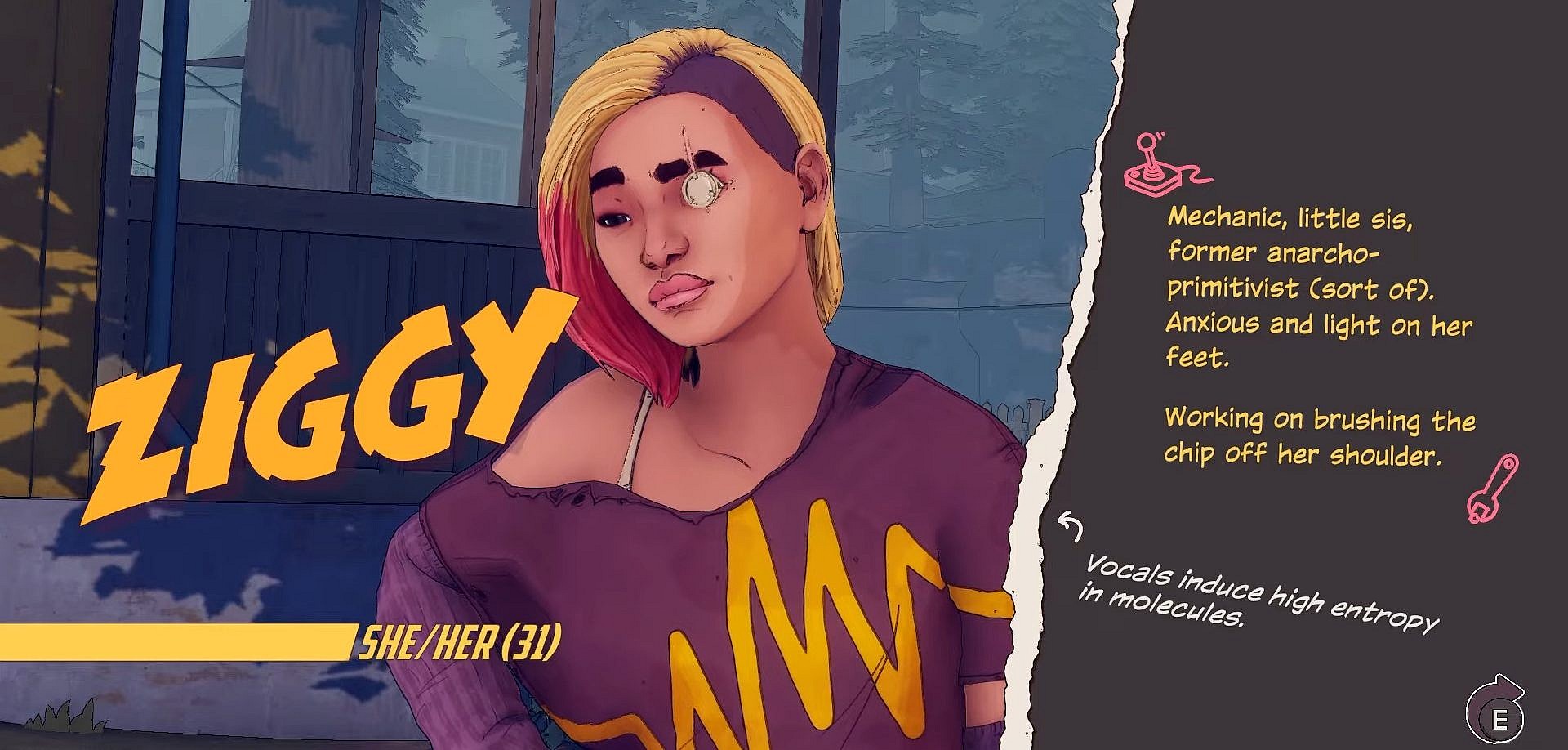
In addition to various documentaries and feature films, one such project to receive financial assistance from the NFI in recent years was none other than Red Thread Games’ aforementioned Dustborn, which per the government body’s own website was reportedly granted a total of 14 Million Norwegian Krone (approx. $1,309,770 USD) across three years and four separate rounds of funding.
Given this information, readers who have managed to catch even the briefest glimpse of the game – from its use of ‘Cancellation’ and ‘Bullying’ as actual combat mechanics to its Tumblr-level dialogue – may be asking themselves, ‘How? How did a game this embarrassing manage to secure so much in government funding?’
It turns out that, at least in part, the answer lies in the fact that the NFI apparently believed Dustborn had the chance to be a major seller.
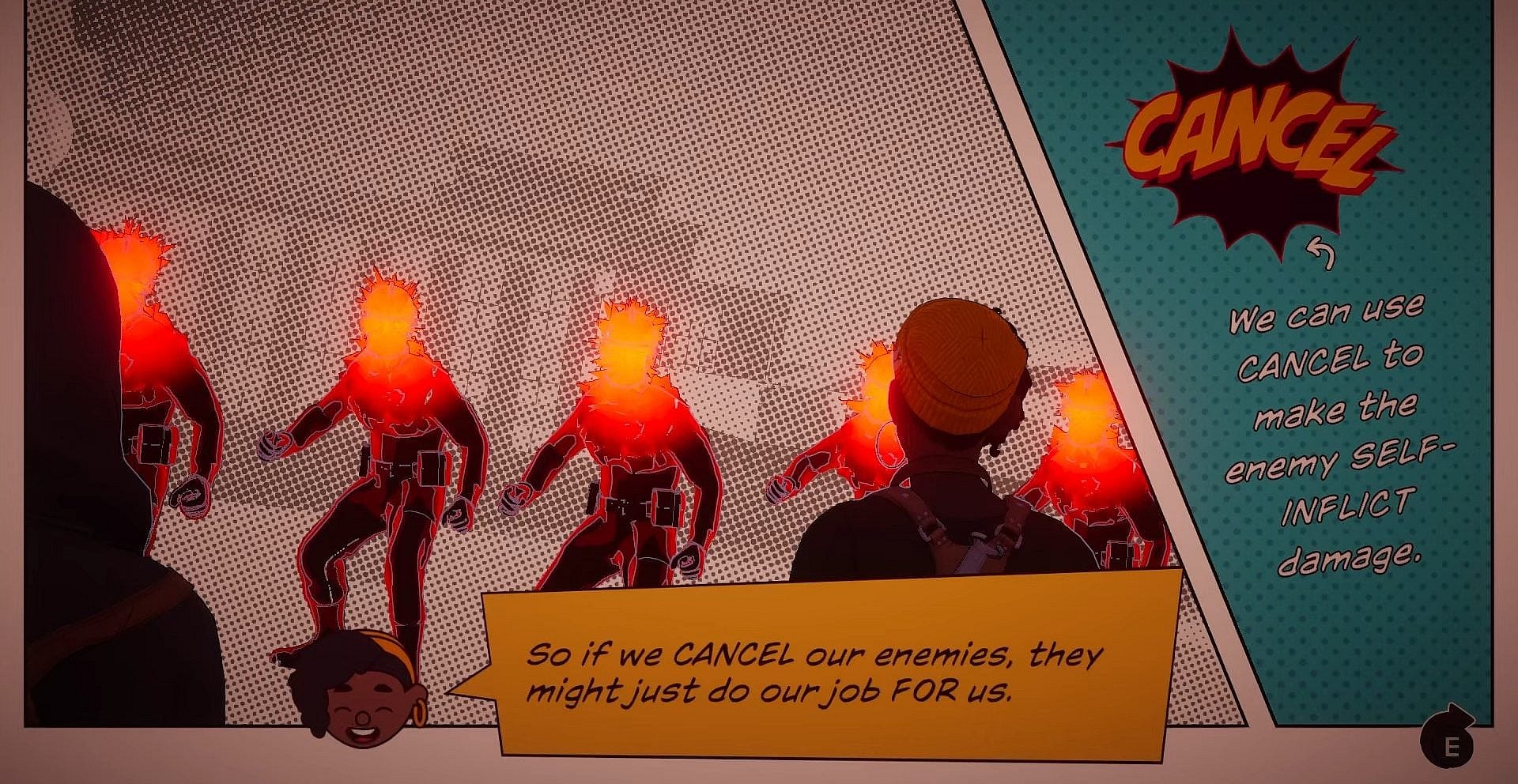
This insight into the NFI’s decision-making process was first brought to light courtesy of Midnight’s Edge Founder and Editor-in-Chief Andre Einherjar.
A Norwegian citizen with some experience in the country’s video game scene, Einherjar reached out to the NFI’s video game head Kaja Hench Dyrlie in the hopes of finding an answer to the question of “How on earth a game like this could have been funded by Norway of all places.”
Per email messages sent between the two and later shared in a YouTube video uploaded to the official Midnight’s Edge channel, Einherjar opened their conversation by asking for information regarding “the funding process in general,” and more specifically what “made Dustborn receive funding, as the game cannot be said to be about either Norwegian society or culture.”
“Applications for development grants are assessed by the Film Institute’s Games Advisor, as well as an external panel consisting of experienced Nordic game developers,” replied Dyrlie. “The panel assesses the artistic qualities, the developers ability to complete production, as well as the market potential. All games that pass the culture test will be considered. Dustborn passed this test, and therefore qualifies.”
Still curious as to why Dustborn received funding over other such applicants, Einherjar further inquired, “More generally, is the commercial appeal of the game part of the consideration?”, to which Dyrlie confirmed, “Yes, market potential is one of the assessment criteria for the panel.”
“That means the game is assessed to have the potential to reach its defined target market,” she added. “Dustborn is released by a recognized publisher, Quantic Dream, which has also made significant investments into the project. This has been done on the basis of the games market potential.”
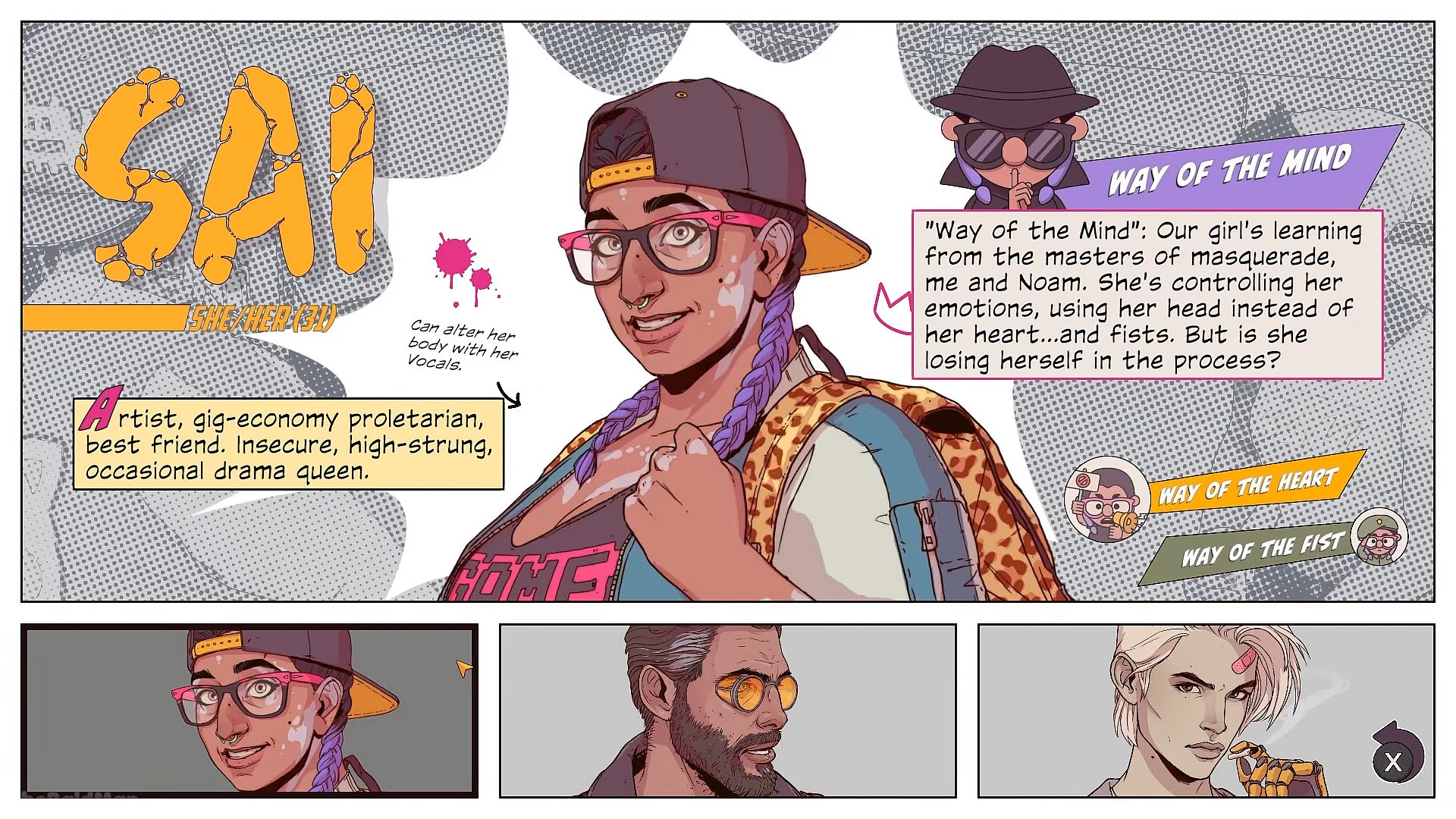
In reflection of these answers, Einherjar closed out his video by providing his own analysis of the situation.
“To be clear, there is a lot of talent in Norway, but there is a shortage of investors willing to invest in something as unconventional as gaming,” he told his viewers. “That’s the big difference between Norway in one end, and neighboring Sweden and Denmark in the other.
“Swedish and Danish investors like to add some spice and cool stuff to their portfolio, which gives Swedish and Danish gaming start-ups the seed capital they need to make their first big game–plus, they have an investor behind them that will push for commercial success –that’s a good thing, because if the game is a hit, that will not just pay off for the investor, but fund the companies next game, and it that’s successful, it will fund another two games, and so on and so forth, which is how a gaming startup ends up as a commercially successful, viable game developer; and that’s why you have a functional gaming industry and franchises like Minecraft, Battlefield, Candy Crush Saga, Hitman and many others coming out of Sweden and Denmark.”
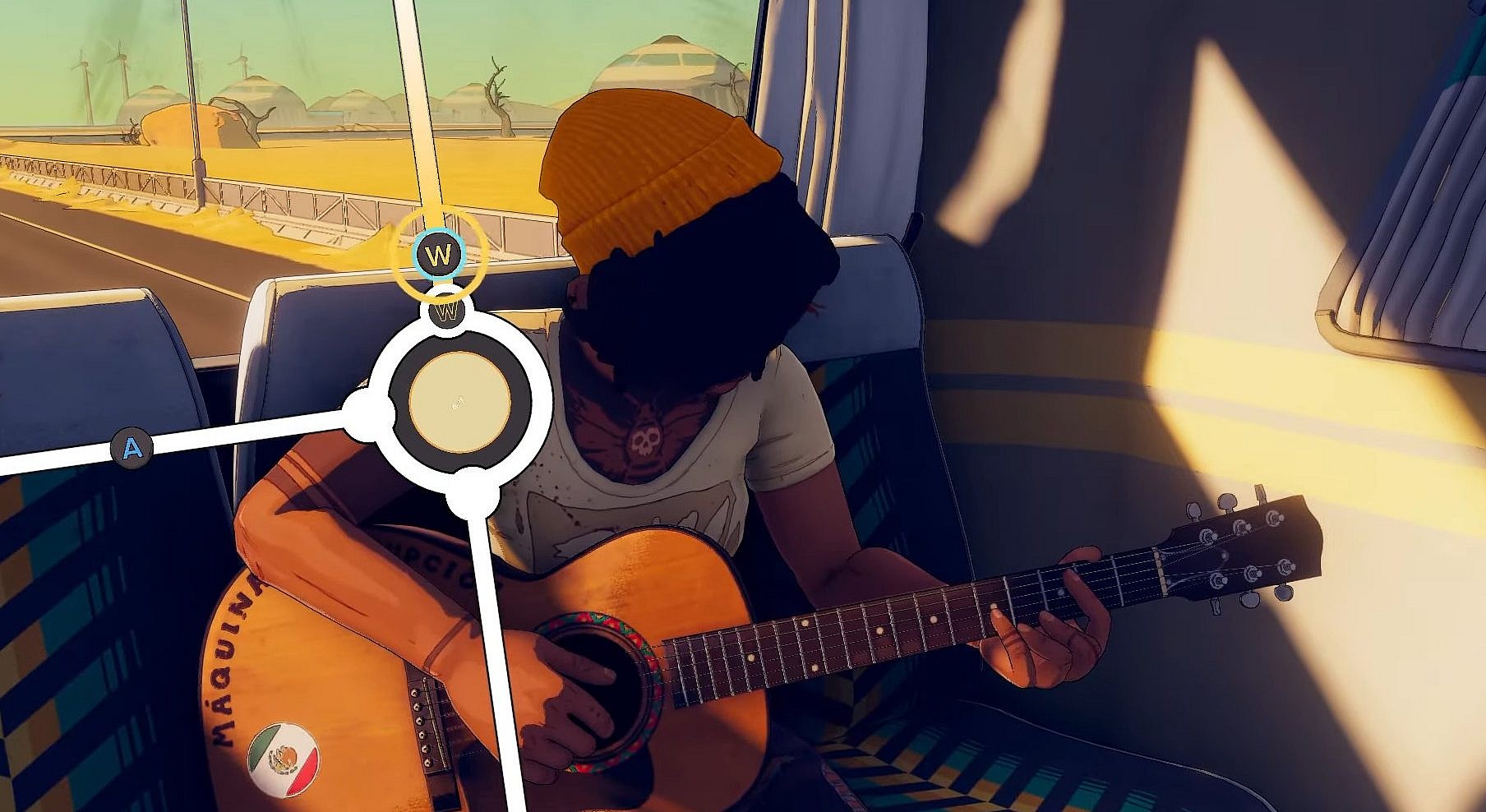
“Alas, Norwegian investors like to restrict their portfolio to IT, deep sea engineering and pharmaceuticals, which means outside of the established majors like Funcom, Norwegian would-be developers and startups are s–t outta luck,” he continued. “They are dependent on the Norwegian film institute for funding, which means they have to compete with everyone else for the limited grants available; which in and of itself wouldn’t have been a bad thing, if the Film Institute had helped push the games with the biggest commercial potential and set up the companies behind them for success and future financial independence – but that’s not what is happening!”
“So the government wanted a thriving Norwegian gaming industry, but if tax payer money is what’s driving it, do they really have one?” he further detailed. “And it didn’t have to be this way. What the government in my opinion should have done, was gave the Film institute a slightly different mission, namely provide the seed capital needed to keep the receiving company afloat until their first big game is out, when it’s time to let them sink or swim. Instead, the Film Institute keeps on funding individual games the panel deems worthy, year in, year out, but without ever setting them up for independent success. There’s a reason why a number of Norwegian developers after dark, and after a pint or to at a developer meetup, will refer to the Film Institute as ‘welfare for game developers’”.
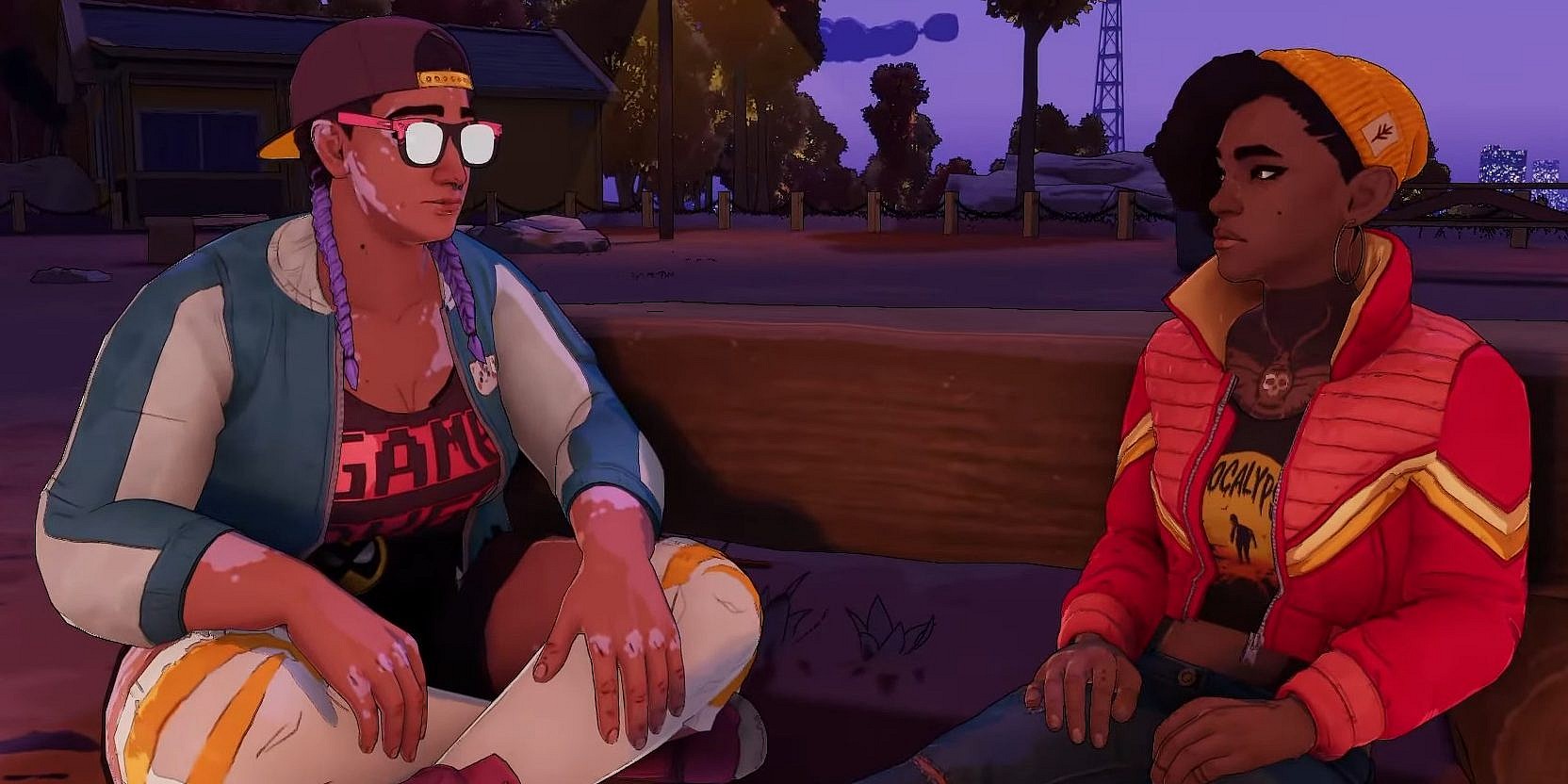
NEXT: Ubisoft Leak Reveals Disabled Wheelchair-Bound Woman YS93 As Next Operator For ‘Rainbow Six Siege’
